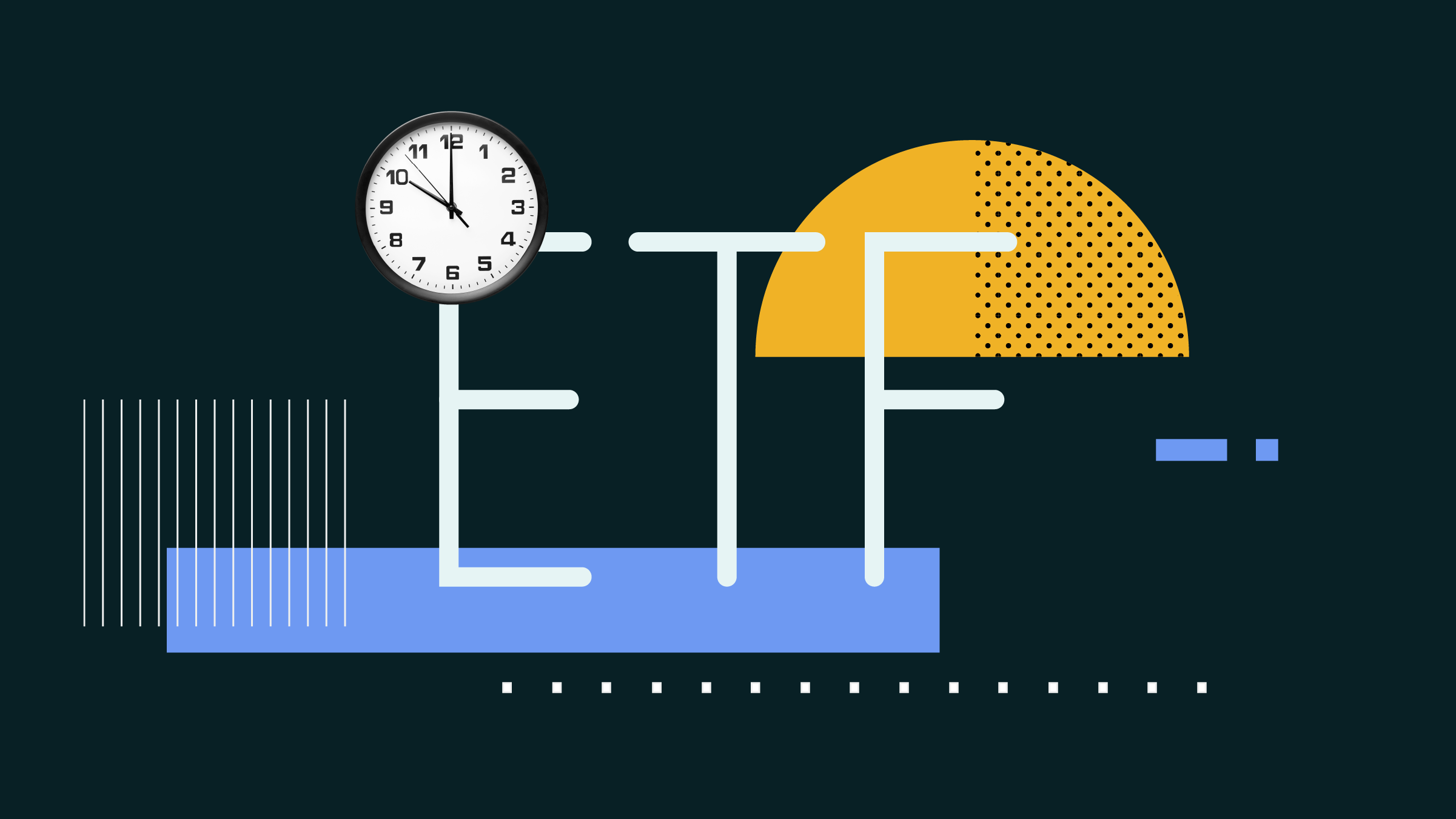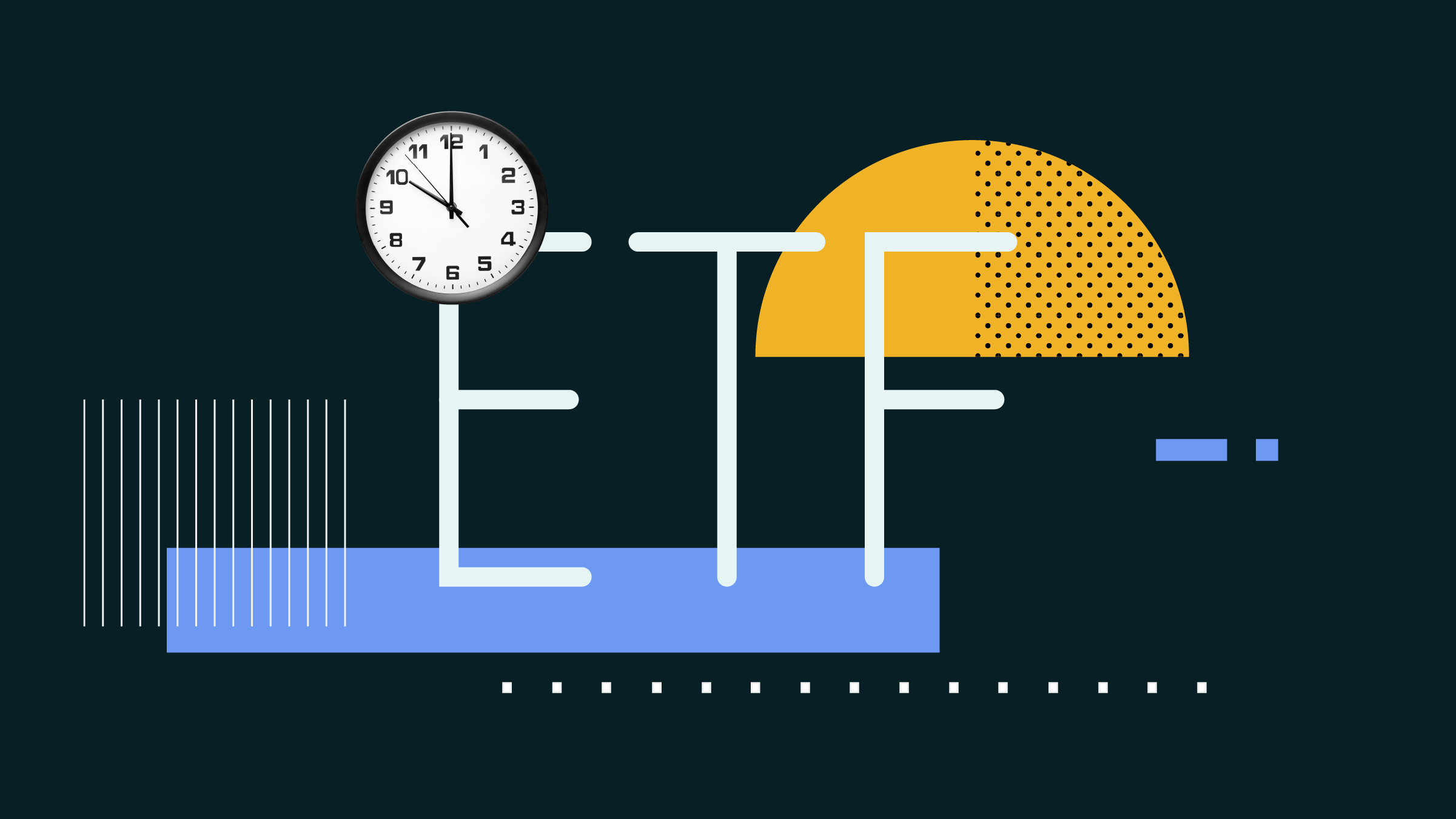
While 2024 has been good for stocks in general, it’s been a particularly strong year for the C$6.1 billion Bronze-rated TD North American Dividend Fund.
With top holdings that include artificial intelligence plays Nvidia NVDA and Broadcom AVGO, as well as Canadian banks that have posted big returns, TD North American Dividend Fund F has returned 39.68% so far in 2024, landing it in the top percentile for the North American equity category. The fund’s strong track record stretches back many years, with the F-class shares ranking in the top 10% for the past three- and five-year time frames.
Is it a case of fortuitous stock-picking, focusing on the right sectors, or avoiding stocks that are inherent booby traps? The answer is a combination of factors, according to portfolio manager Ben Gossack.
“The way that we pick our stocks is that we make bets on secular trends,” says Gossack, who joined TD Asset Management in 2009. “They could be electrification, decarbonization, or the move to the cloud. We are very interested in what human beings are doing and look for secular trends. But if we were to attribute the returns for the fund it would come from our stock selection.”
For example, according to Morningstar Direct, out of the fund’s roughly 40% gain in 2024, 5.78 percentage points are attributable to Nvidia, its second-largest holding, which has risen 187% this year. Another 3.58 percentage points come from the fund’s largest position, Broadcom. Many other top 10 holdings are up 40%-70%.
Looking for High-Quality Growth Companies
Gossack works alongside portfolio managers Damian Fernandes and David Mau. Besides this fund, Gossack and his colleagues oversee a slew of North American, US, and global equity funds that account for about C$45 billion in assets. They’re supported by a team of 23 sector analysts. “We believe the market rewards companies that demonstrate growth,” he says. “We therefore focus our research on identifying high-quality companies positioned to benefit from growing secular trends.”
Gossack concedes that making fewer mistakes is also part of the success story: “I liken the process to playing golf, which I am learning. It’s the same thing in active portfolio management. It’s one thing to pick the right stocks, but it’s another to make fewer mistakes than everyone else.”
For instance, he has avoided companies with high leverage on their balance sheets, such as telecommunication stocks and some pipeline companies. “They require a lot of capital expenditures to drive growth, and it’s uncertain whether their business model will recoup those capital investments,” he says. “They represent the inverse of what I am looking for. We tend to avoid companies that are not really tied to secular trends and don’t have superior ROICs [returns on invested capital].” Alternatively, a closer look at the 46 companies in the portfolio will show that they tend to be “capital-light,” with “high ROICs and growing cash flows,” says Gossack.
The fund, which owns only dividend-paying stocks, has a running yield of 1.5%. Importantly, those dividends are growing by an average of 18% a year. While there is no specific hurdle rate for dividend growth, the managers generally seek companies with reasonable payout ratios that can achieve high single-to-double-digit dividend growth. “If you can find a high-quality company that consistently grows its dividend year after year, the market should eventually recognize and reward its equity value,” says Gossack. “Otherwise, companies like Microsoft, which currently yields below 1% but has grown its dividend at 10% annually over the last five years, would end up with a dividend yield in the high single digits—typically associated with companies whose dividends are at risk.”
About 67% of the portfolio is US stocks, while 30% is Canadian. It’s dominated by financial stocks, which account for 24% of the portfolio, followed by 20% technology, 18% industrials, and 7% healthcare. While the fund is fairly concentrated, risk mitigation is another factor that has helped performance. “The reason we keep it below 50 stocks is that when we are right about a secular trend and pick the right stock then that should create alpha performance,” says Gossack, referring to measures of out-performance against a benchmark. “We are trying to target around 2% active risk. If we are right, that should help drive the alpha. But let’s say we are right or wrong about a company that mismanages earnings expectations and falls 10%. That might only be a 20-basis-point hit to our alpha, which helps to manage our downside performance.”
Gossack’s team stresses that there is a lot of risk when managers make so-called compounded bets. He explains: “Let’s say you’ve made a bet on artificial intelligence and the data centers required to power this technology. For instance, you own a nuclear utility company because you believe data centers will use nuclear energy. In addition, you include several industrial companies focused on electrical equipment and HVAC to manage the electrical loads within the data center and keep things cool. Moreover, you may also own several semiconductor, software, and data center hosting companies that manage and drive AI computations. While the portfolio may be diversified on a sector exposure basis, its performance is still driven by one very large bet. That could introduce a lot of downside performance risk when the investment cycle into data centers moderates and stocks tied to this theme move down in unison.”
Two Favorite Stocks
One favorite name in the fund is Intact Financial IFC, a leading Canadian insurance firm. While most investors lean toward bank stocks, Gossack argues that they are ignoring how most insurers have outperformed the banking sector. “When we look at it on a total return basis, Intact has outperformed the average Canadian bank. On a five-year compounded return, Intact returned an annualized 17.6%. In comparison, the BMO Equal-Weighted Canadian Bank ETF ZEB has returned an annualized 11.5%.”
Noting that Intact is one of the largest providers of auto insurance in Canada, Gossack credits the management team for its excellent skills at capital allocation. “Their adjusted return on equity of 16.7% through all market cycles has been superior versus all North American property and casualty insurers. But the real kicker is that they have been able to grow their premiums at a mid-to-high-single-digit rate while maintaining their combined ratio in the low 90 percentage points. In effect, they have grown their policies while maintaining a solid underwriting profitability. This has been a pretty shrewd management team.” Acquired in June 2022, IFC is trading at C$268.67, or 15.7 times next 12-month earnings.
Another favorite is Iron Mountain IRM, a Boston-based information services management firm best known for its document storage, retrieval, and shredding business. “We like secular trends, and this is a pricing cycle thesis,” says Gossack. “The volumes have been stable for the bulk of their business. But they can raise prices. They benefit from being a trusted leader in their field.” The company enjoys 80% recurring revenue and a “very high retention rate,” says Gossack. “When you think of the companies they serve, including financial institutions, healthcare providers, and government agencies, they want to put a lot of faith in Iron Mountain’s ability to keep their records, in case they get audited. And they want to know that their documents are properly disposed of, because there is a lot of private information.”
With a market capitalization of USD 37.5 billion, Iron Mountain is trading at an all-time high of USD 128 per share, for a premium price/funds from operations multiple of 11.9 times. The stock has a dividend yield of 2.24%
More Room for the Bull Market in Stocks To Run
Meanwhile, equity markets have benefitted from tailwinds, and Gossack argues the bull phase that began in mid-2022 still has room to run. “We have looked at it from different perspectives, and one thing we challenge people on is that we don’t believe this bull market has just been driven by AI or seven huge tech stocks. We’d say it’s been an industrial-led market. We have seen industrial stocks of different market caps outperform. We have seen industrial stocks in the Russell 2000 Index European and Japanese markets outperform. There is a global-led industrial cycle going on here.”
While investors worry about a soft landing, a hard landing, or whether market conditions are too good to last, Gossack believes many companies most tied to the global economy are trading near their stock market highs, which should tell us something about the state of affairs.
Moreover, he argues that based on estimates of cash accounts, many people have yet to participate in the bull market. “We had a lot of people who went to safety and are still waiting for certainty. For instance, US retail money market funds have reached record levels of USD 1.9 trillion in assets under management, almost double the peak during the covid-19 pandemic. But the market is now at all-time highs. And so this money on the sidelines is essentially waiting for pull-backs so people can enter the market at a discount.”
Looking ahead, Gossack maintains that market conditions continue to be attractive. “We are still in a good spot,” he observes. “This has been a healthy bull market. It hasn’t only been driven by AI but also industrials, and the trends we’ve been following continue to stay the course. These trends include the growth of earnings, the record amounts of cash on the sidelines, and the health of the economy. We are very macro-aware. But at the end of the day, we are bottom-up stock pickers. From our perspective, it’s still risk on, and it’s only two and a half years into the bull market.”
The author or authors do not own shares in any securities mentioned in this article. Find out about Morningstar's editorial policies.















